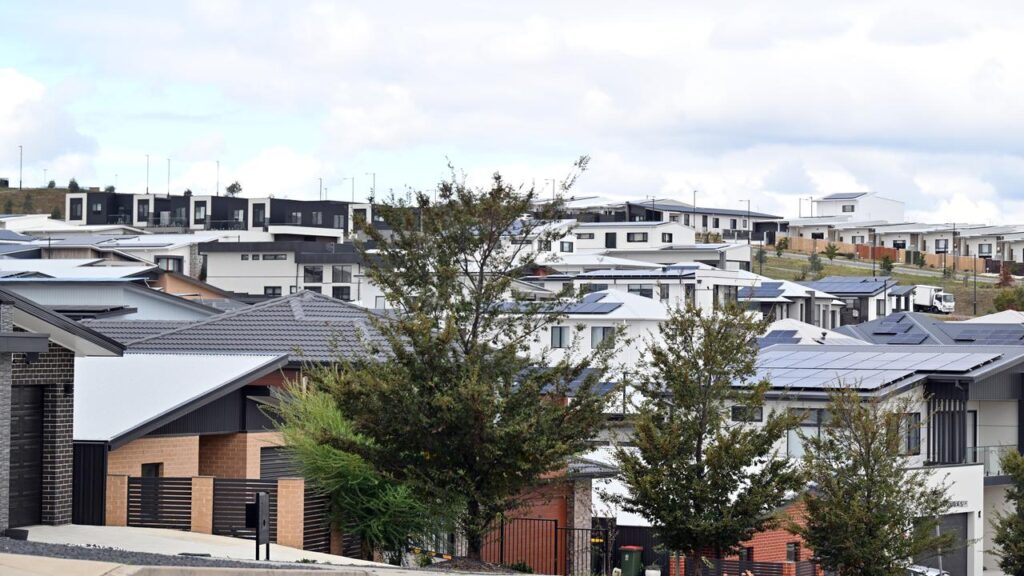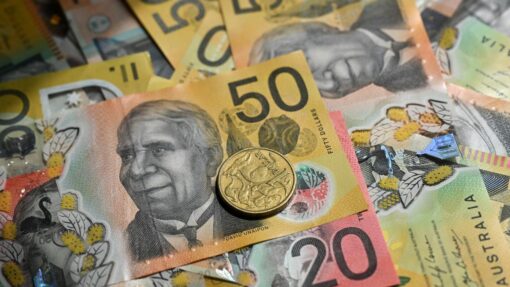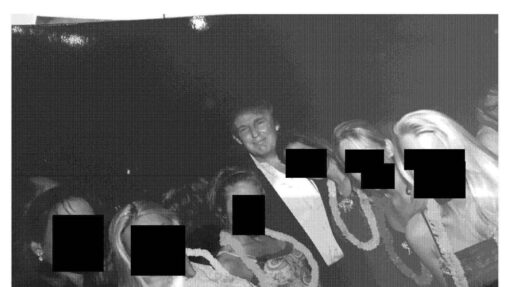Borrowers rejoice as rates cut amid ‘uncertain’ times
Jacob Shteyman |

A “dovish” Reserve Bank has cut interest rates to their lowest level in two years and raised hopes of more mortgage relief on the way for borrowers.
Fears over what Donald Trump’s tariffs could do to the Australian economy dominated the RBA board’s decision to cut the official cash rate by a quarter of a percentage point to 3.85 per cent on Tuesday.
Australia’s major banks immediately passed on the cut to variable rate mortgage holders, saving the average borrower about $90 a month.
On the domestic front, low unemployment and high wages growth are keeping the RBA on its toes about the risks of inflation reigniting.
But with the main inflation measure back in the central bank’s target range of two to three per cent, it’s no longer the burning concern it once was.

“Price increases have slowed and it’s fairly broadly based, and this is very good news,” governor Michele Bullock said in her post-meeting press conference.
“We think this is the right decision at this point in time. Where this leads us in the future is a little more uncertain.”
Domestic considerations were overpowered by the global trade storm brewing overseas.
The board noted upside risks to inflation appeared to have diminished “as international developments are expected to weigh on the economy”, in a more dovish post-meeting statement than April, noted NAB economists Sally Auld and Taylor Nugent.
“With inflation expected to remain around target, the board therefore judged that an easing in monetary policy at this meeting was appropriate,” the statement said.
The words “uncertainty” or “uncertain” appeared 132 times in the bank’s Statement on Monetary Policy, released alongside the board statement.
In its quarterly update to its economic forecasts, the RBA lowered its prediction for underlying inflation from 2.7 per cent to 2.6 per cent by the middle of the year.
Australia’s economy is tipped to grow 0.3 percentage points slower in 2025 at 2.1 per cent, while unemployment is expected to peak 0.1 percentage higher at 4.3 per cent.
But Ms Bullock stressed this was only the bank’s baseline case.
In a more pessimistic scenario war-gamed by RBA staff, Australia’s economy would be three per cent – or $80 billion – smaller than it otherwise would have been by mid-2027.
“If you look at our scenario analysis, it does suggest that in a really bad outcome there could possibly be a recession,” Ms Bullock conceded.

With all four big banks announcing they would pass the cut on in full to variable rate mortgage holders, borrowers with a median mortgage of $600,000 will pay about $90 less per month in interest repayments.
Treasurer Jim Chalmers said it was welcome relief for millions of Australians.
“We are really pleased to see more help is on the way for working families with a mortgage, and that’s what this decision today is all about,” he told reporters.
“Global economic uncertainty is casting a dark shadow over the whole global economy, and we are not immune from that. We’re better placed, we’re better prepared, but we’re not immune from those developments.”

Money markets and most economists had tipped the cut ahead of the RBA’s announcement.
Expectations of additional cuts firmed following the announcement.
The market was pricing in a better than even chance of another 25 basis point cut at the RBA board’s next meeting in July, up from 35 per cent, with up to three cuts expected by year’s end.
AAP


